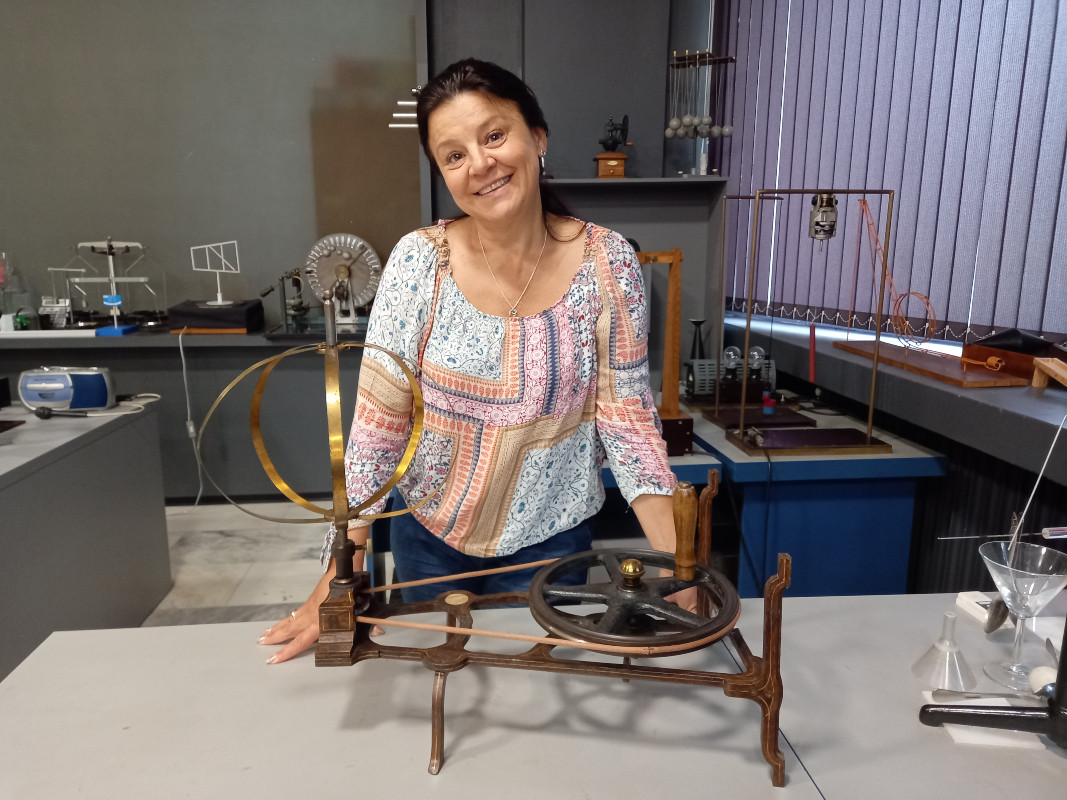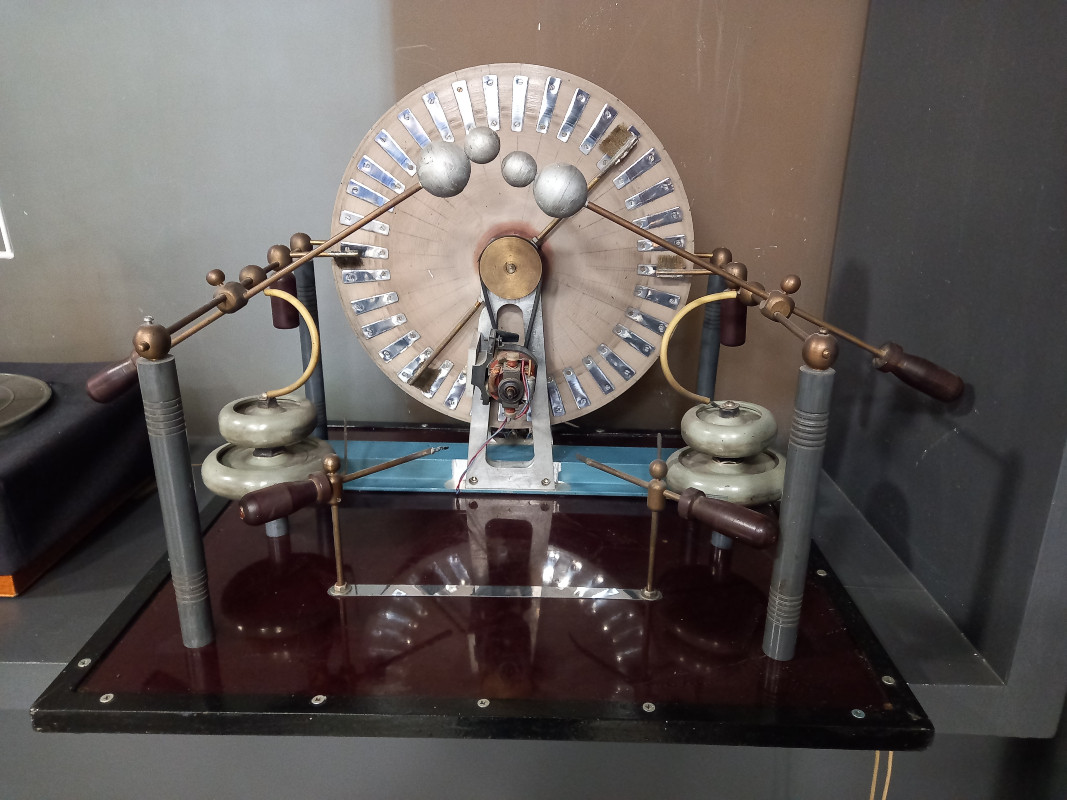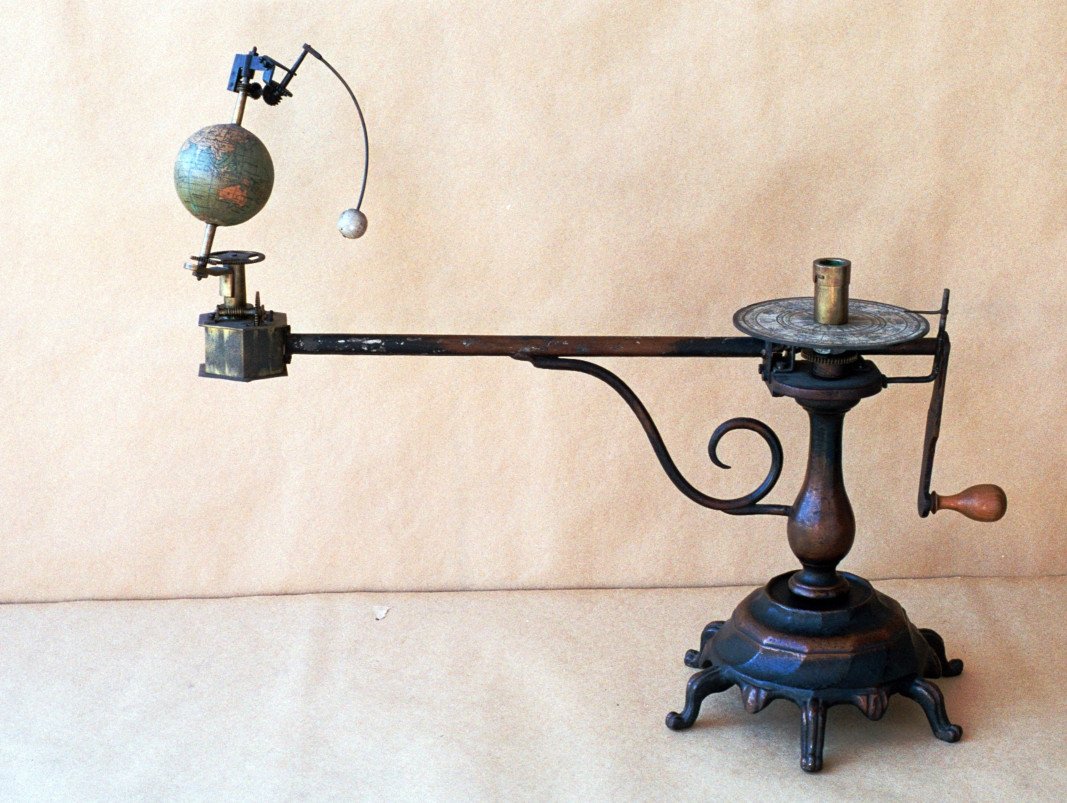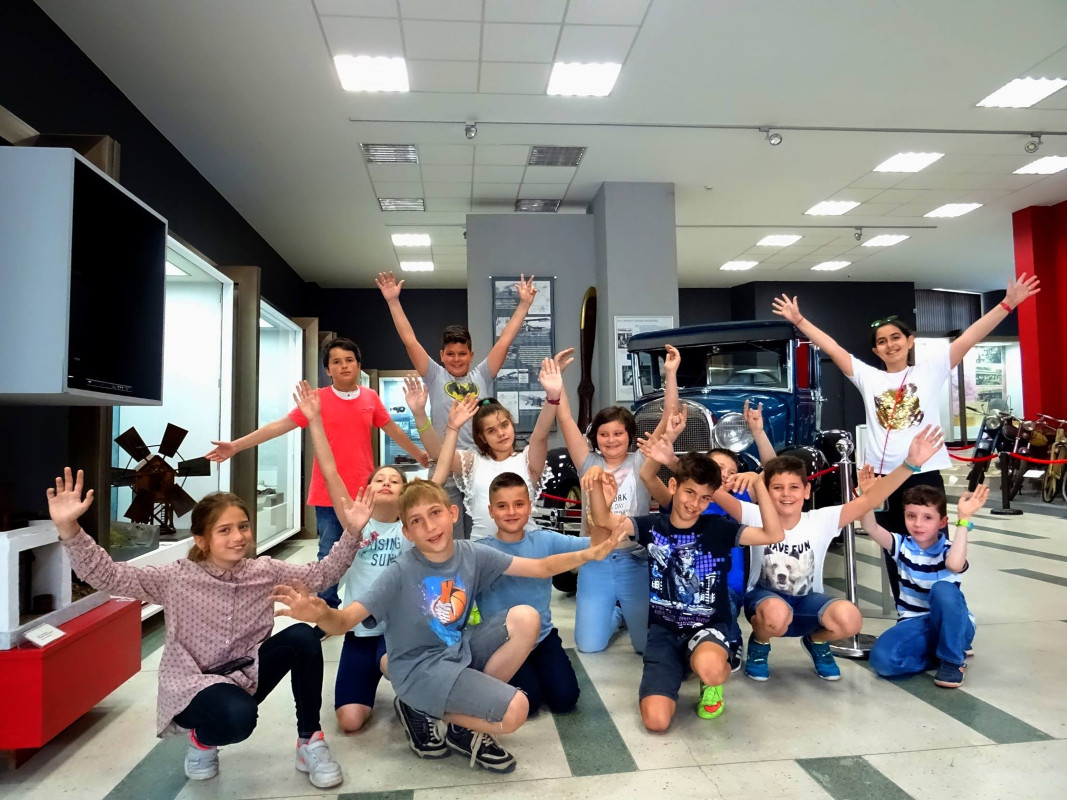On September 15, a total of 1948 schools across Bulgaria welcomed their students and about 57,000 children heard the school bell for the first time. And while the idea of school as a source of knowledge is at the heart of every society, school is not the only source from which children can learn more about the world around them.
“The place of miracles” - that's what people call the demonstration room for fascinating physics lessons of the National Polytechnic Museum in Sofia. This is the place where the interest and love of young and old for this seemingly complex science is being awakened. And physics actually turns out to be pretty interesting.

"The demonstration room helps children understand major laws of physics,” Eng. Veselina Eneva, deputy head of the department "Exposition, work with the public and projects" at the museum says. “The theory is not enough for children to understand the principles, especially of the exact sciences, therefore the educational process takes place in the form of practical training. It is no coincidence that the motto of our office is the famous phrase of Confucius: ‘I heard and forgot. I saw and remembered. I do and I understand.’''
Demonstration as a teaching method originated in Bulgaria in the 70s of the 19th century when physics classrooms were created in high schools in Plovdiv and Gabrovo. The founder was Ivan Gyuzelev, and the first Bulgarian textbook on physics was printed in Belgrade by the famous teacher from Koprivshtitsa, Nayden Gerov, back in the summer of 1849.

For the youngest visitors who do not yet study this subject at school, the demonstration is adapted in order for children to make sense of the fact that there are basic natural laws that science has discovered and that the world around us obey them unconditionally. They are shown that physics is part of everyone's life, even when its principles and laws seem like miracles.

Children are genuinely surprised when they see the device that demonstrates the geoid shape of the Earth and realize that our planet is not a perfectly round sphere.

"Their eyes are shining; they are surprised, but they leave satisfied. There are also those who don't want to leave,” Veselina Eneva says. “It is a matter of pride for the museum that the demonstration room is equipped with devices of historical value. Some of these devices are in working condition and after professional restoration they have been put into operation again. The cabinet is constantly being enriched with up-to-date experimental installations, but the focus remains on the old devices. Being from a bygone era does not take away their ability to hold the attention of children and teenagers. On the contrary, this provides additional value and charm to the experience," Veselina Eneva says.

Here is what Veselina Eneva wished all future participants in the miracles of physics:
“I wish all students and teachers happy first day of school! We thank those who visited us and look forward to seeing you again this school year. Lets discover more miracles!”

Photos: National Polytechnic Museum and Desislava Semkovska
English: Al. Markov
Artist Vanya Petkova from Kardzhali paints non-traditional icons, depicting saints on ostrich eggs . She started about 15 years ago with images of Jesus Christ and the Virgin Mary. The first egg she painted is still intact and is kept by her relative...
This year, Orthodox and Catholic Christians will celebrate the Resurrection of Christ togethe r. On the same date, the entire Christian world will turn its gaze to the empty tomb and will try, to the best of its ability, to empathize with the amazement..
A pink pelican has become a real attraction for the residents of Varna. Hundreds of people have spotted it in the area of the Marine Station in the coastal city and rushed to post his photos on social networks. The pelican is already known there by the..
Digital nomadism, a lifestyle where people choose remote work so they can travel and live in different environments, is becoming a phenomenon on the way..

+359 2 9336 661
